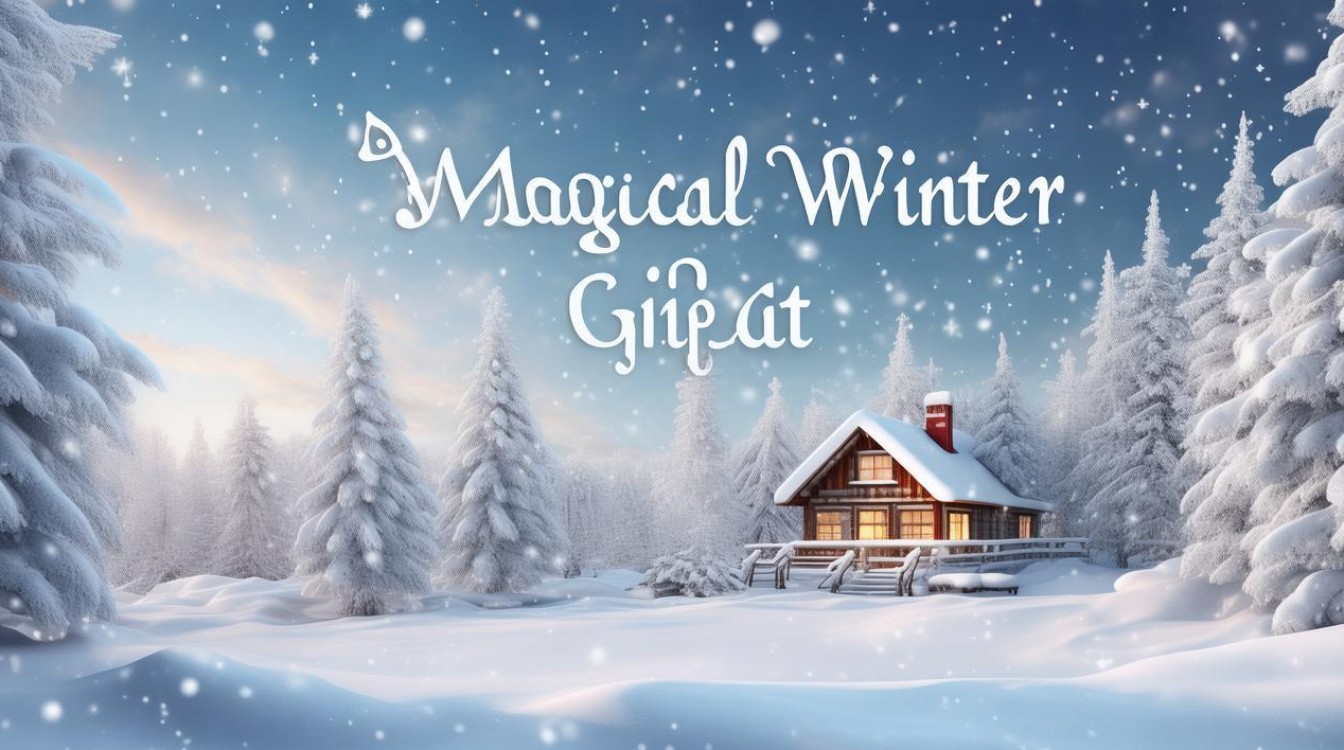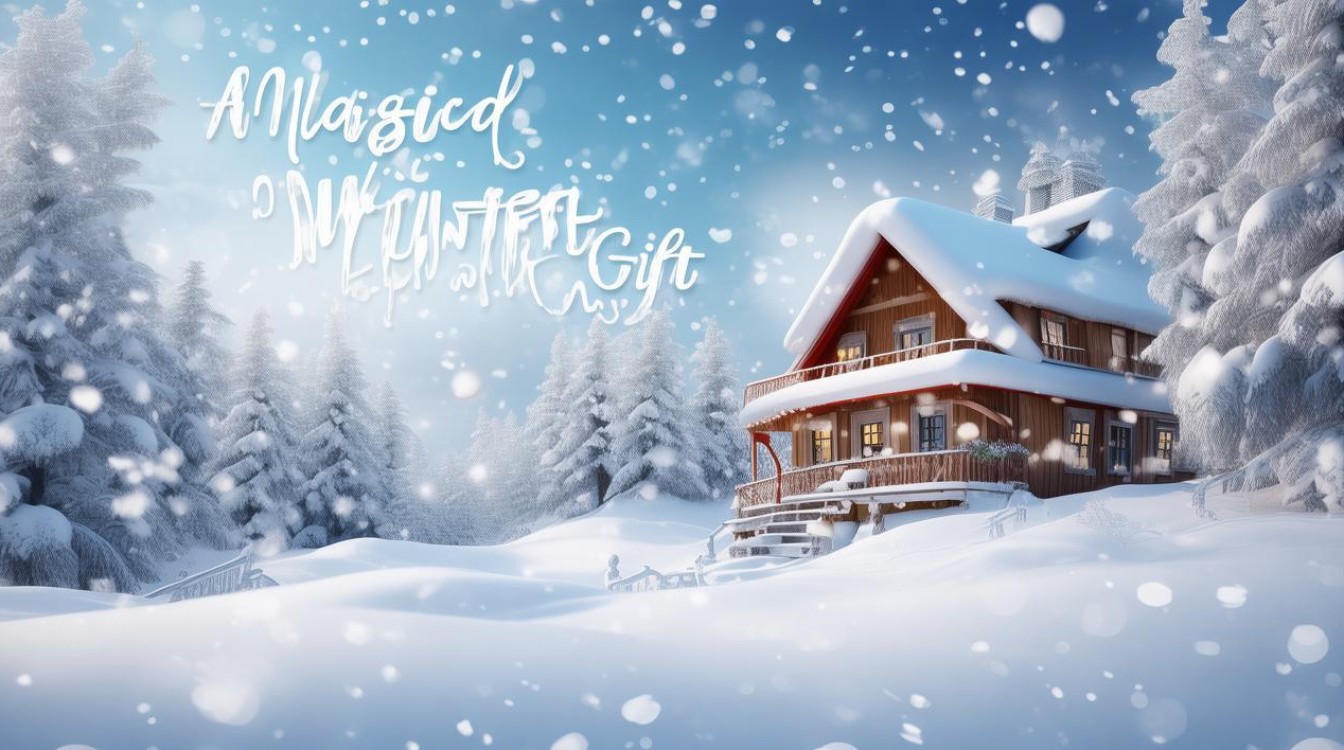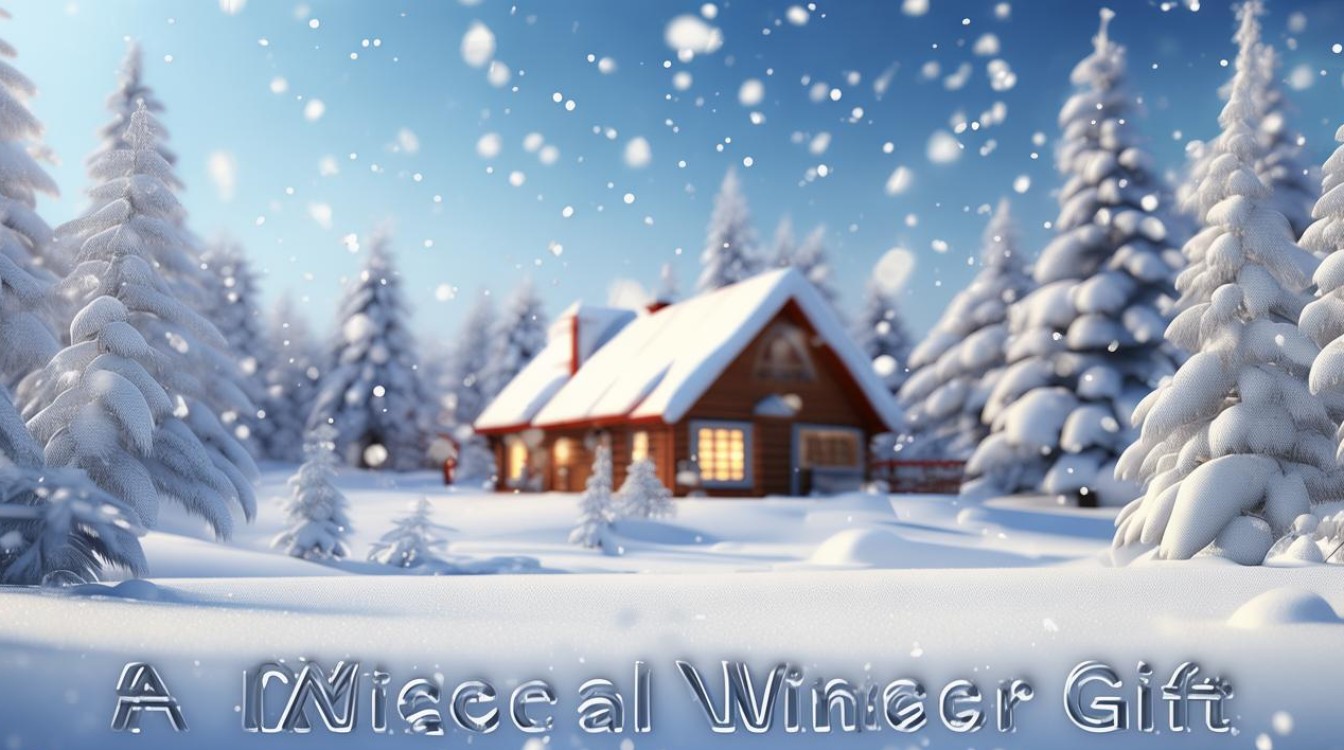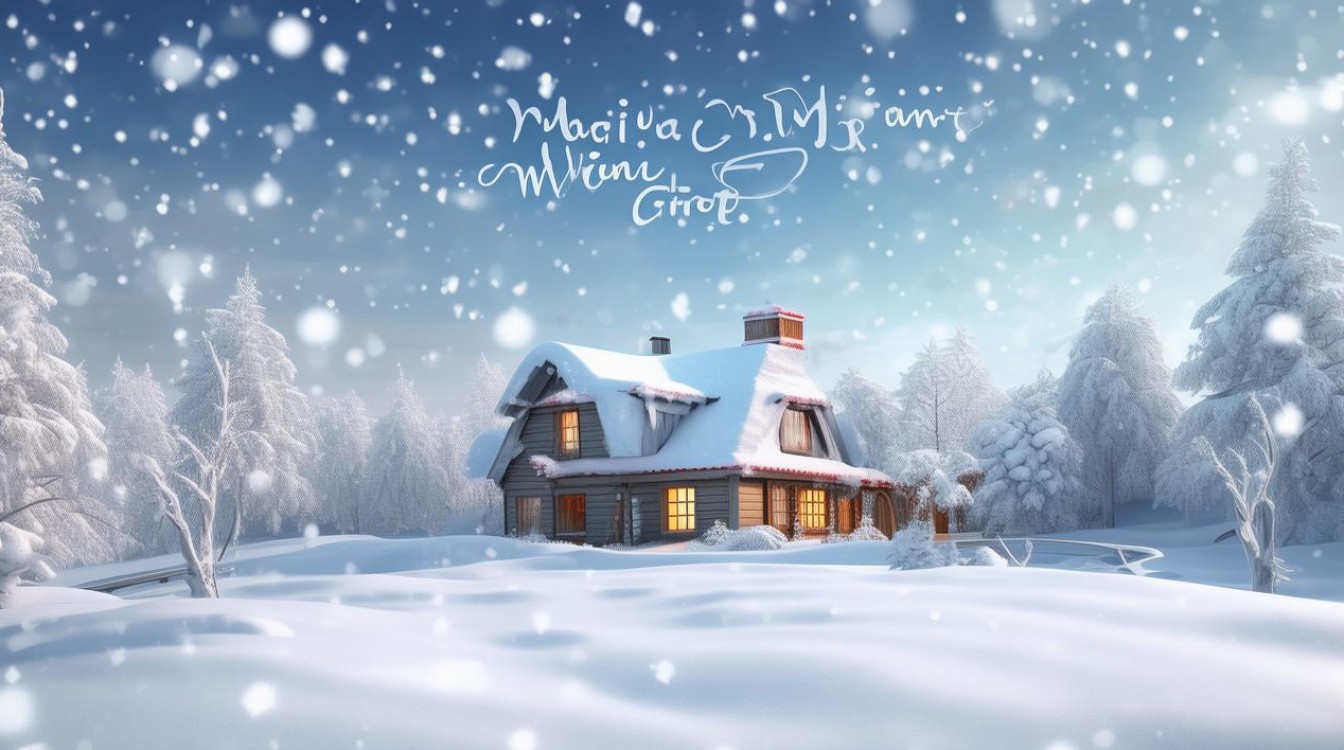Winter brings many wonders, but nothing captures the imagination quite like snow. For children, it transforms the world into a playground of sparkling white. For adults, it evokes memories of childhood joy. In this essay, we explore the beauty of snow, its science, and the fun it brings—perfect for young English learners.

The Science of Snow
Snow is not just frozen rain; it’s a delicate dance of water and air. When temperatures drop below freezing, tiny ice crystals form in clouds. These crystals stick together, creating snowflakes. No two snowflakes are alike, each with its own unique pattern. This fact alone makes snow a marvel of nature.
Snowflakes usually have six sides, a result of the way water molecules arrange themselves. Some are flat, while others resemble tiny needles. The shape depends on temperature and humidity. Next time it snows, catch a flake on your glove and look closely—you might see its intricate design!
Why Snow Matters
Snow plays a vital role in nature. It insulates the ground, protecting plants and animals from extreme cold. When it melts, it provides water for rivers and lakes. In many places, snow is essential for farming and drinking water. Without it, ecosystems would struggle.
For people, snow signals the arrival of winter traditions. Building snowmen, sledding, and ice skating are activities families enjoy together. Even the simple act of catching snowflakes on your tongue brings laughter. Snow turns ordinary days into adventures.

Snow Around the World
Not all snow is the same. In some countries, winters are mild, with only a dusting of snow. In others, like Canada or Russia, snow blankets the ground for months. The Inuit people have dozens of words for snow, describing its texture, depth, and usefulness.
In Japan, snow festivals draw millions of visitors. Giant ice sculptures glow under colorful lights, showcasing art made entirely of snow. Meanwhile, in the Alps, skiers glide down powdery slopes, enjoying winter sports. Snow connects cultures through shared joy.
Fun Snow Activities
- Snowball Fights – A classic game where teams throw soft snowballs at each other. Just remember to play fair and avoid hard-packed ice!
- Building a Snowman – Roll three snowballs of different sizes, stack them, and add a carrot nose. A scarf and hat complete the look.
- Snow Angels – Lie on your back and move your arms and legs. When you stand up, you’ll leave behind a perfect angel shape.
- Ice Skating – Frozen ponds become natural rinks. Gliding across the ice feels like flying.
- Hot Cocoa Breaks – After playing outside, warm up with a mug of hot chocolate. The steam rising mixes with cold air in a cozy contrast.
Safety in the Snow
While snow is fun, staying safe is important. Dress in layers to avoid frostbite. Waterproof gloves and boots keep hands and feet dry. If the wind is strong or temperatures drop too low, it’s better to stay indoors. Parents should always supervise young children during snow play.
On roads, snow can be dangerous. Cars may slip, and sidewalks become icy. Spreading salt helps melt ice, making pathways safer. Communities work together to clear snow, ensuring everyone can move around easily.

Snow in Stories and Songs
Snow inspires countless tales. From Frosty the Snowman to Elsa’s icy palace in Frozen, it’s a symbol of magic and wonder. Poems like Robert Frost’s Stopping by Woods on a Snowy Evening capture its quiet beauty. Even songs celebrate snow—think of Let It Snow! or Winter Wonderland.
For young writers, snow is a perfect topic. Describe how it crunches underfoot or how the world looks dressed in white. Use similes: "The snowflakes fell like feathers." Encourage creativity by imagining a day where snowflakes were gold or rainbow-colored.
A Personal Favorite Memory
One winter morning, I woke to find the world outside my window transformed. Overnight, snow had covered everything—trees, rooftops, even the mailbox. My brother and I rushed outside, leaving the first footprints in the fresh powder. We built a fort, had a snowball fight, and laughed until our cheeks turned pink. That day, snow wasn’t just weather; it was happiness.
Snow reminds us to pause and appreciate nature’s gifts. It teaches patience—waiting for the first flake to fall—and resilience, shoveling driveways together. Most of all, it brings people closer, sharing warmth in the coldest season.

So next time it snows, step outside. Feel the flakes land on your eyelashes, listen to the hush of a snowy afternoon, and join in the timeless winter joy. After all, snow is more than frozen water; it’s a fleeting magic we’re lucky to witness.

